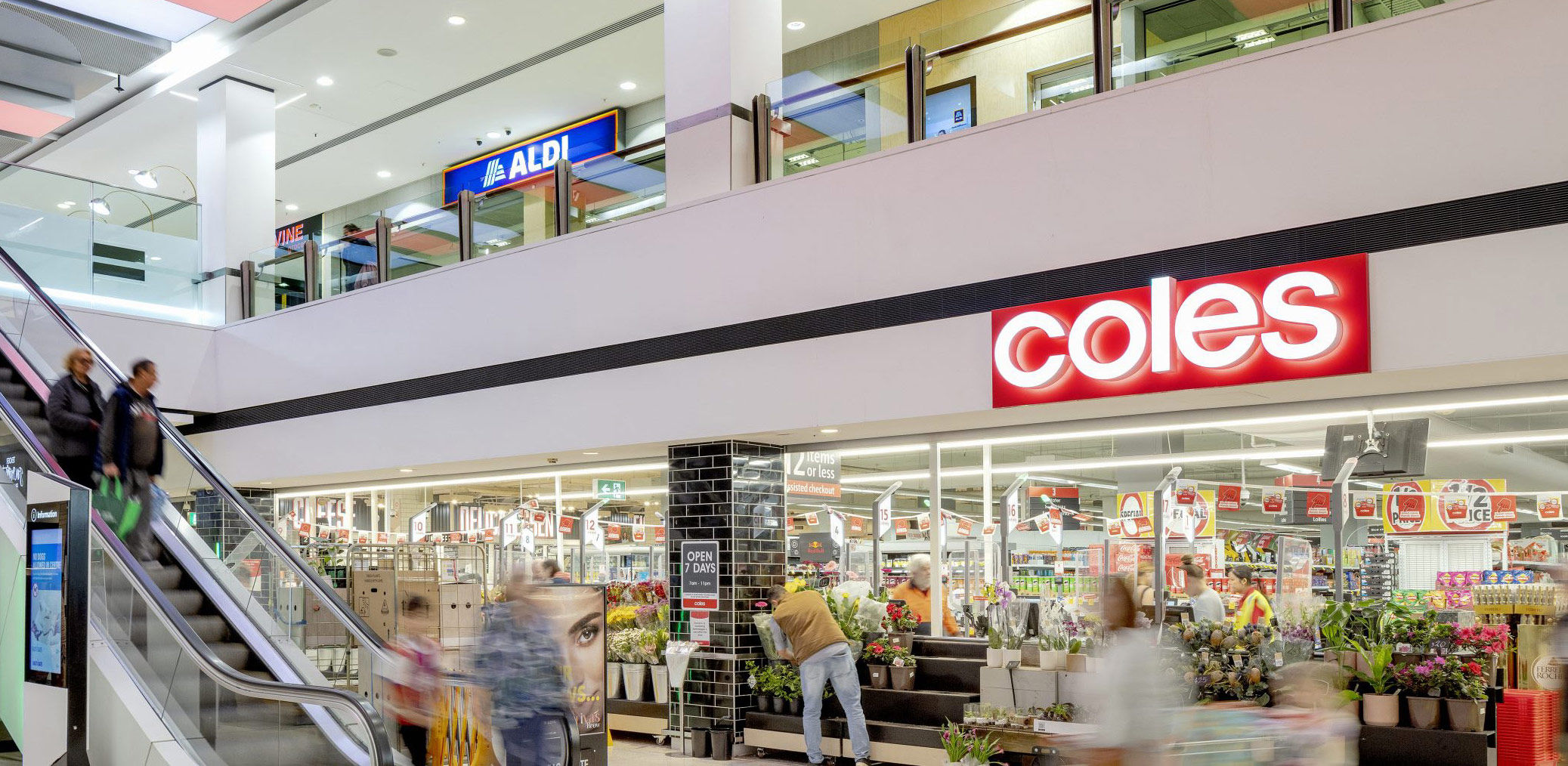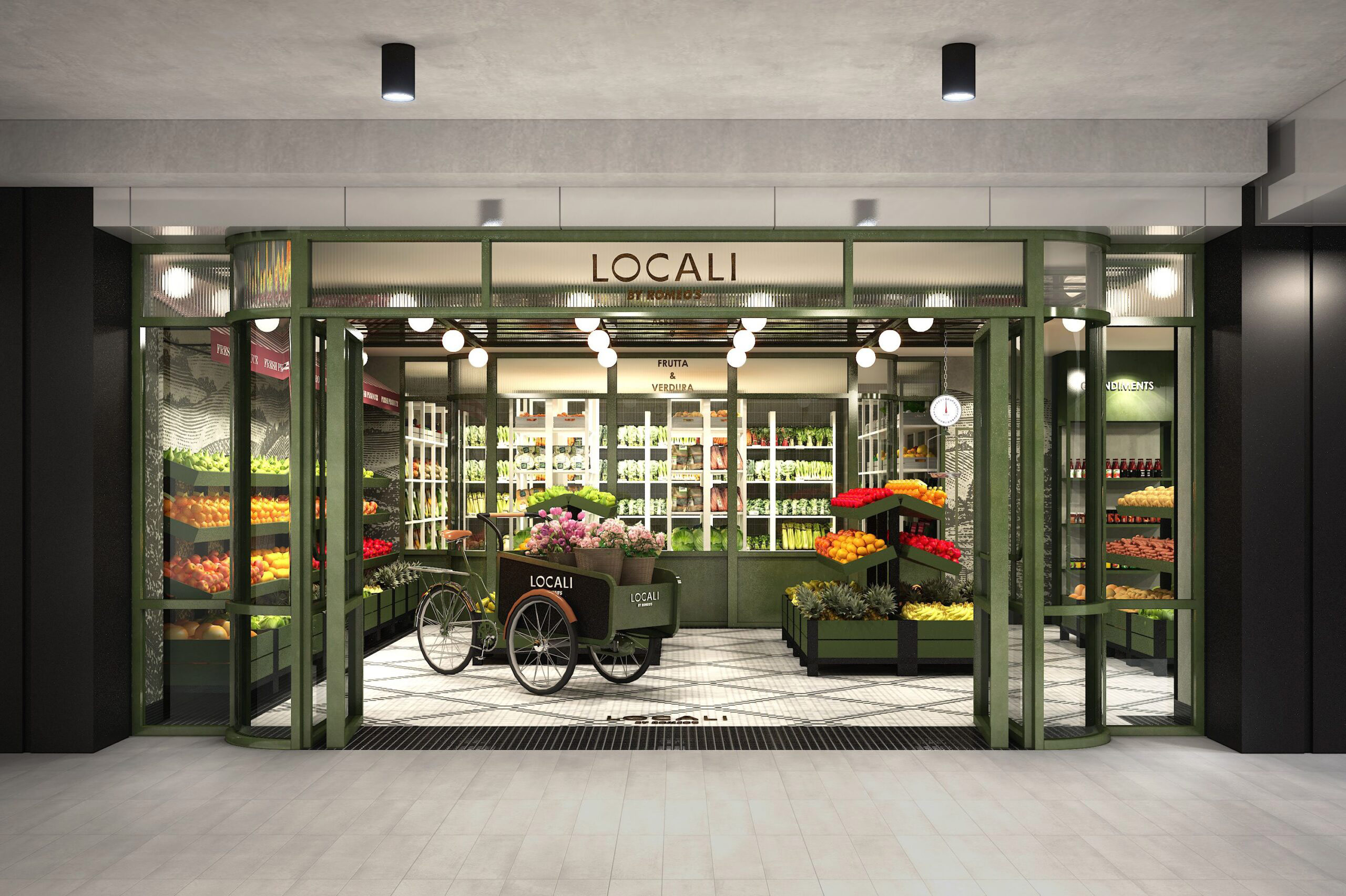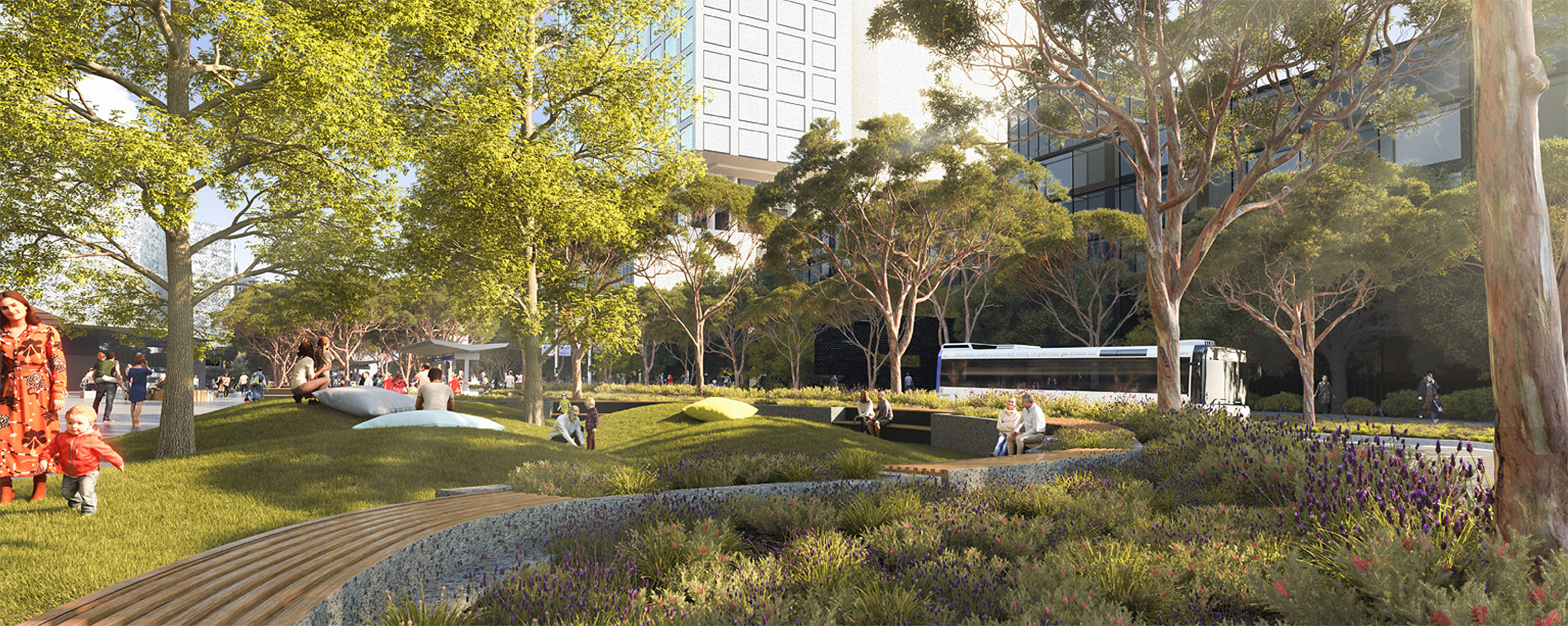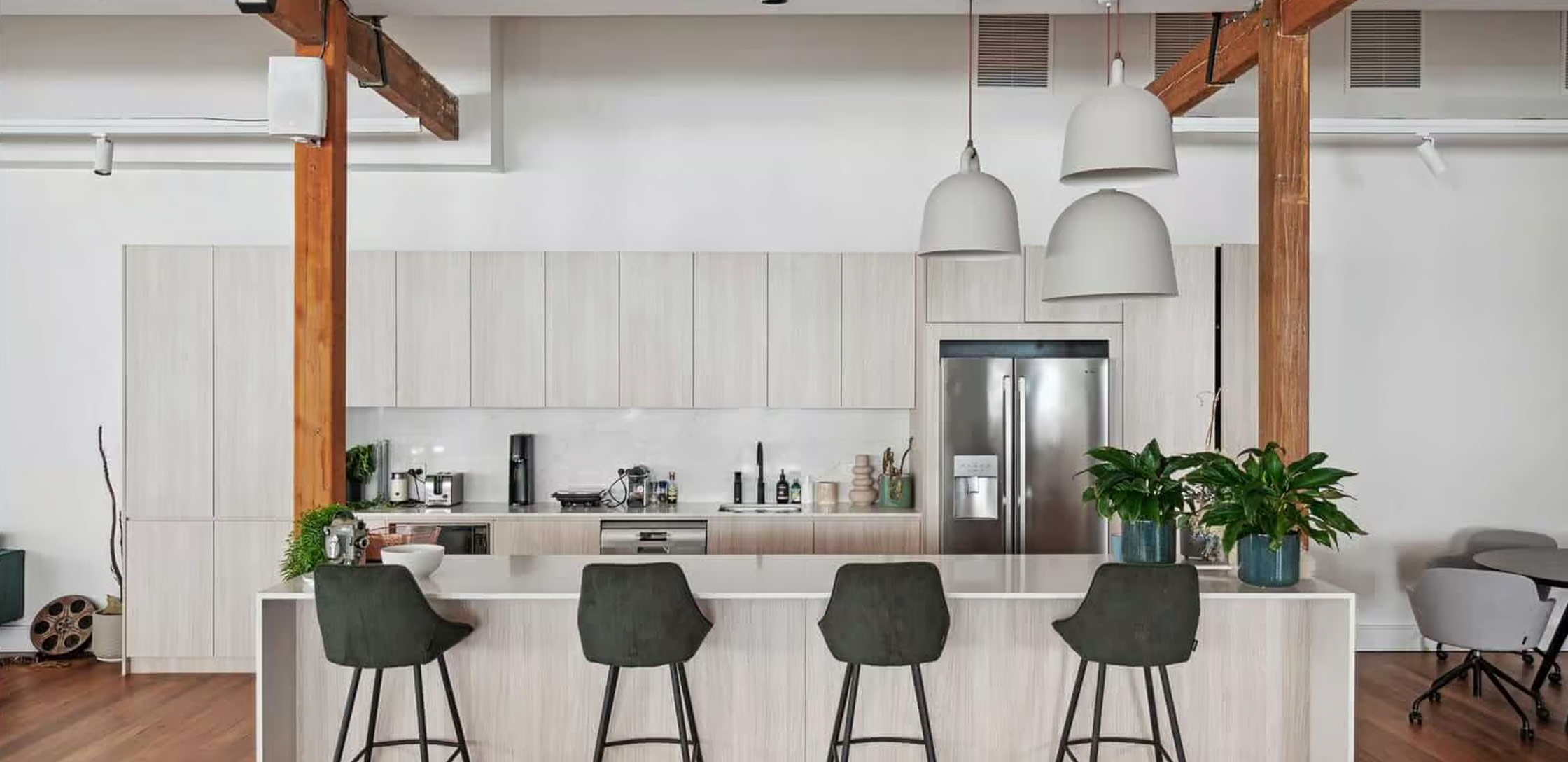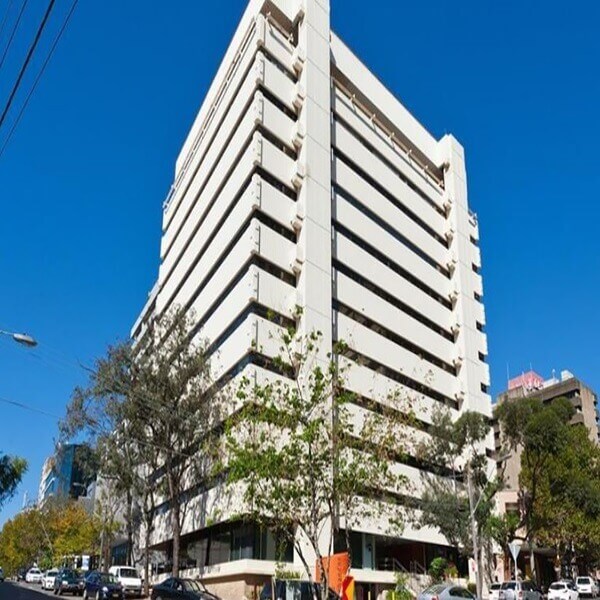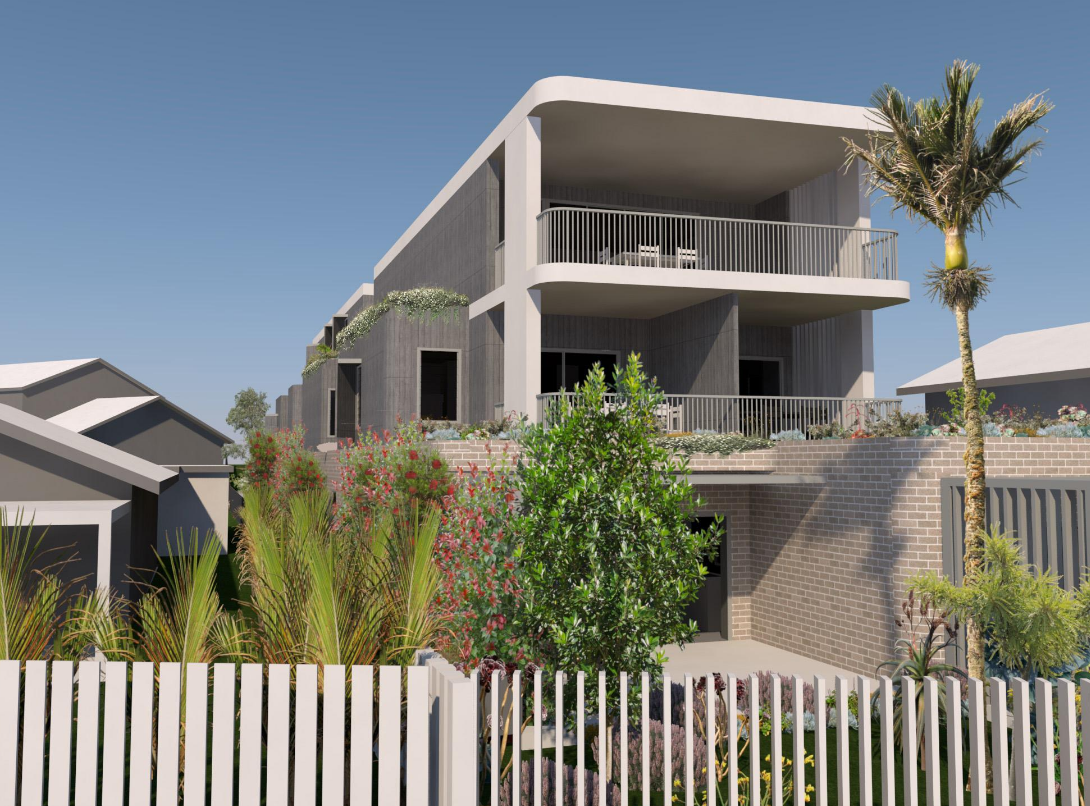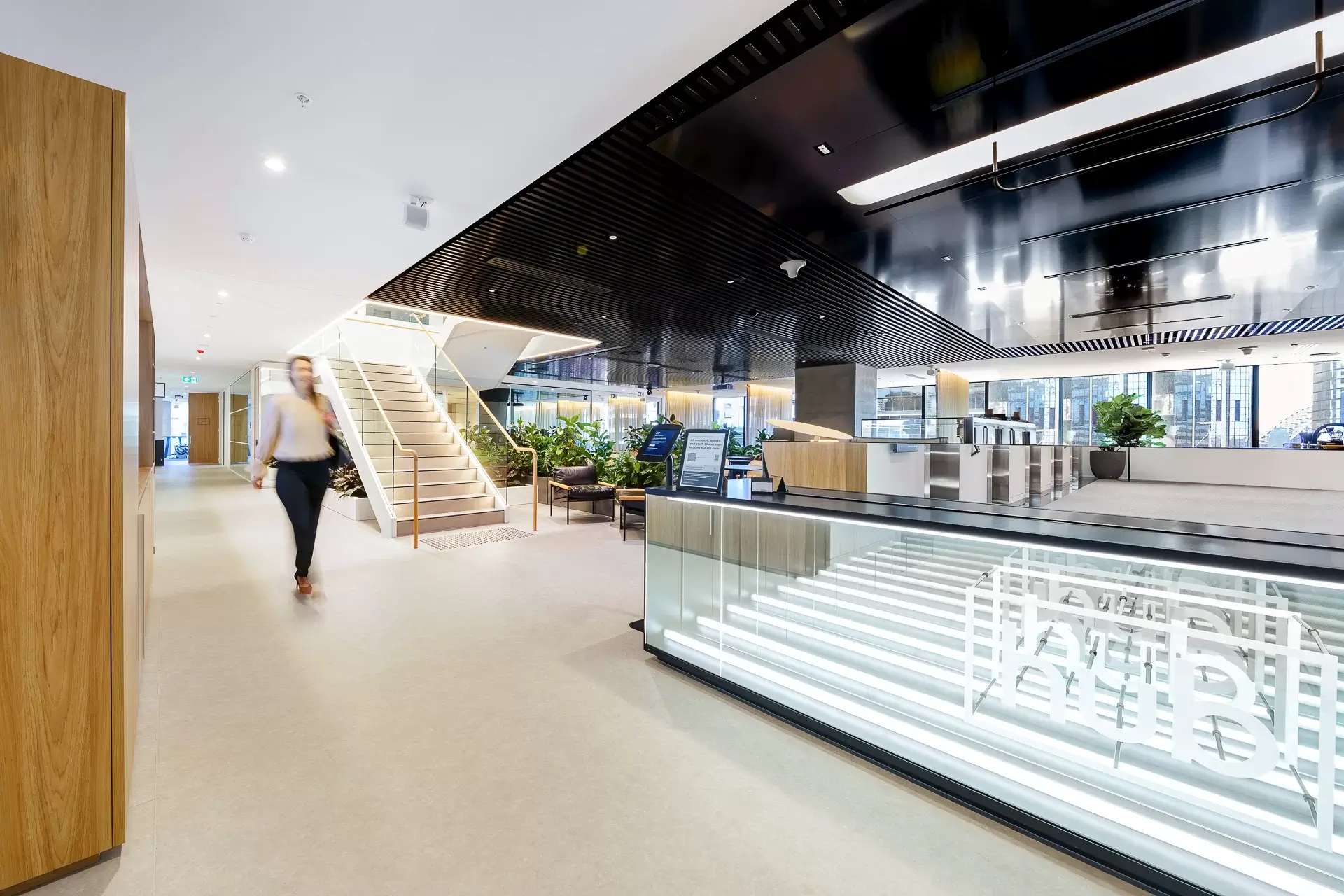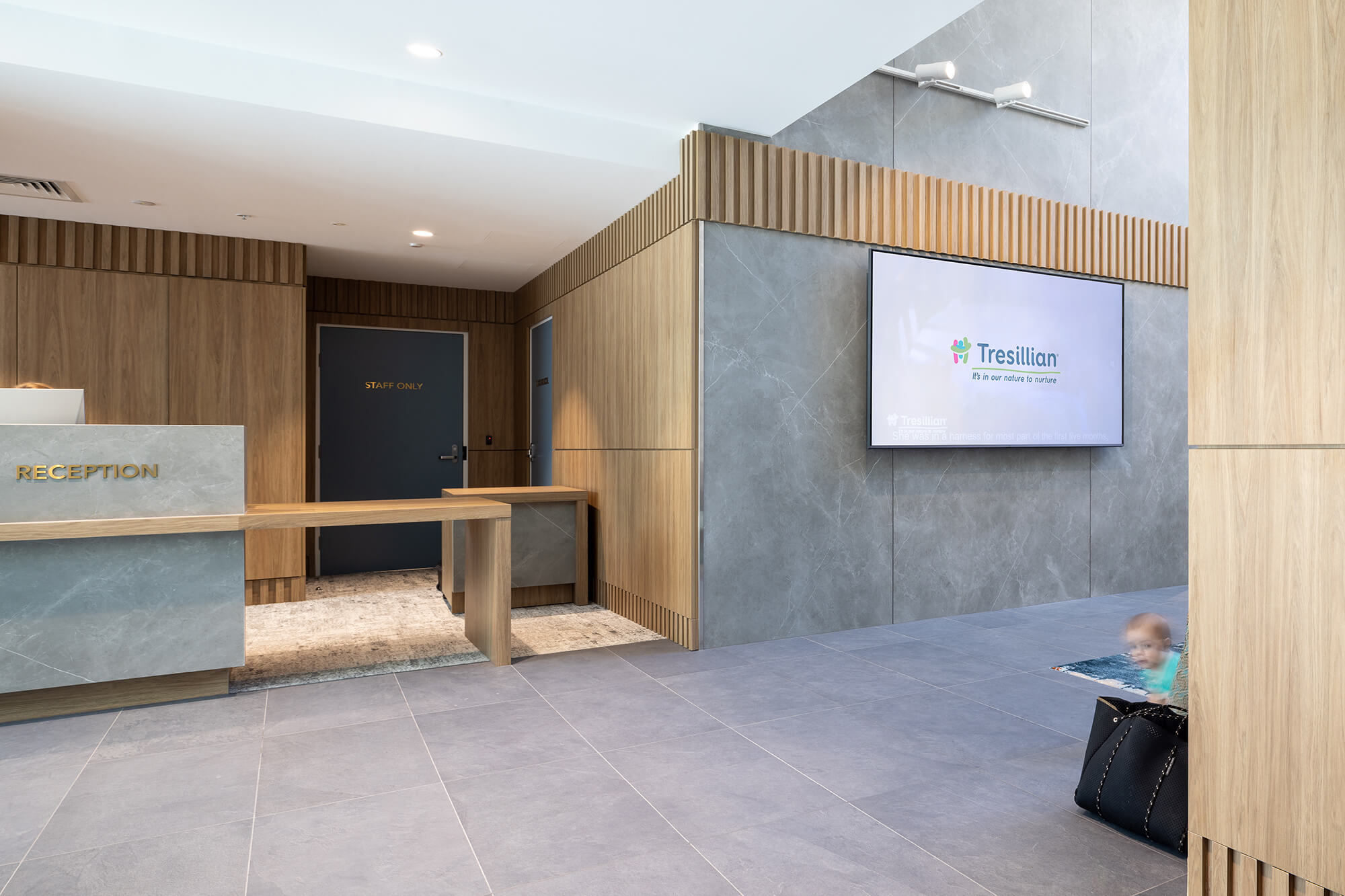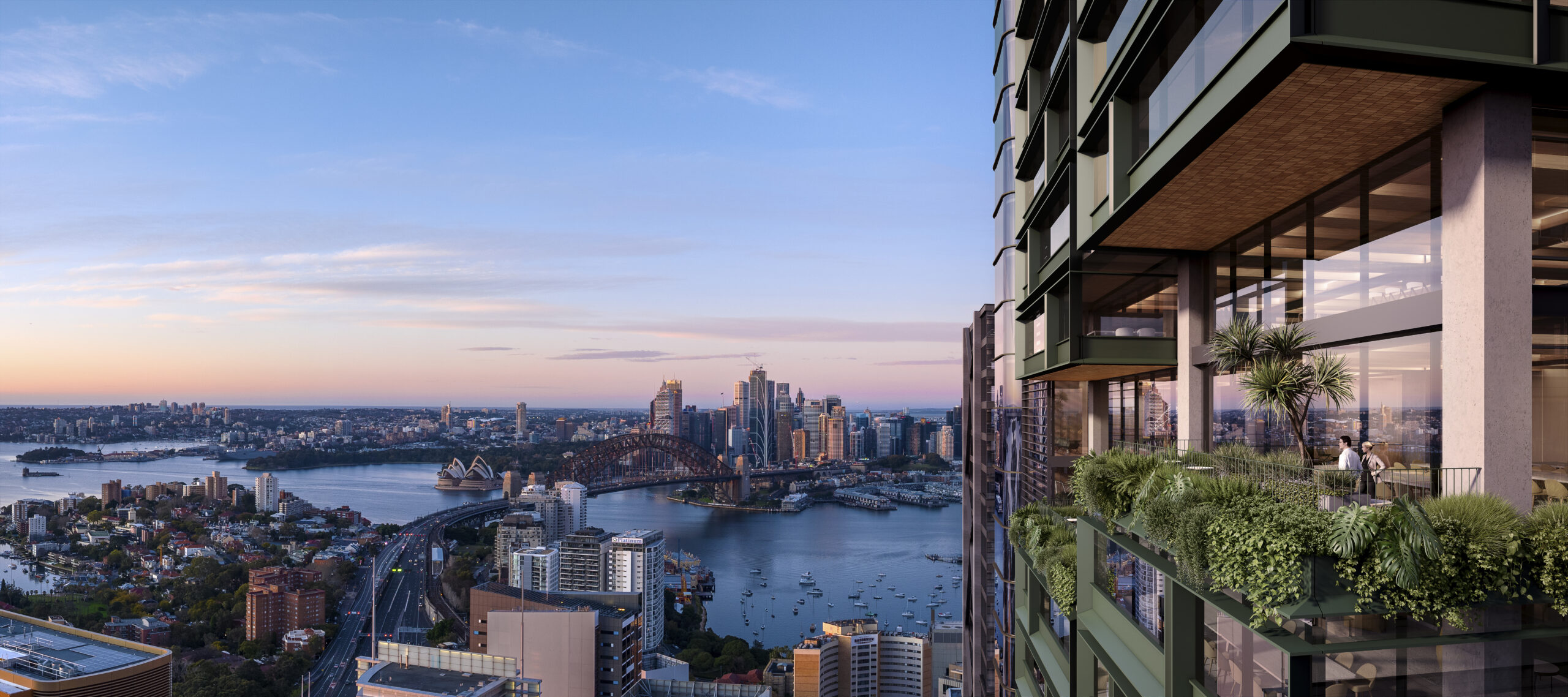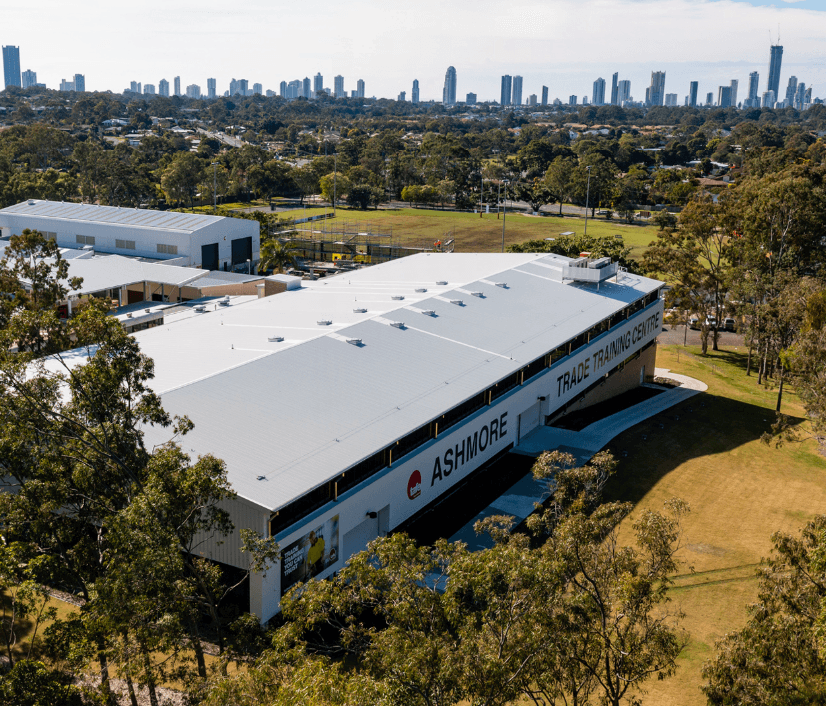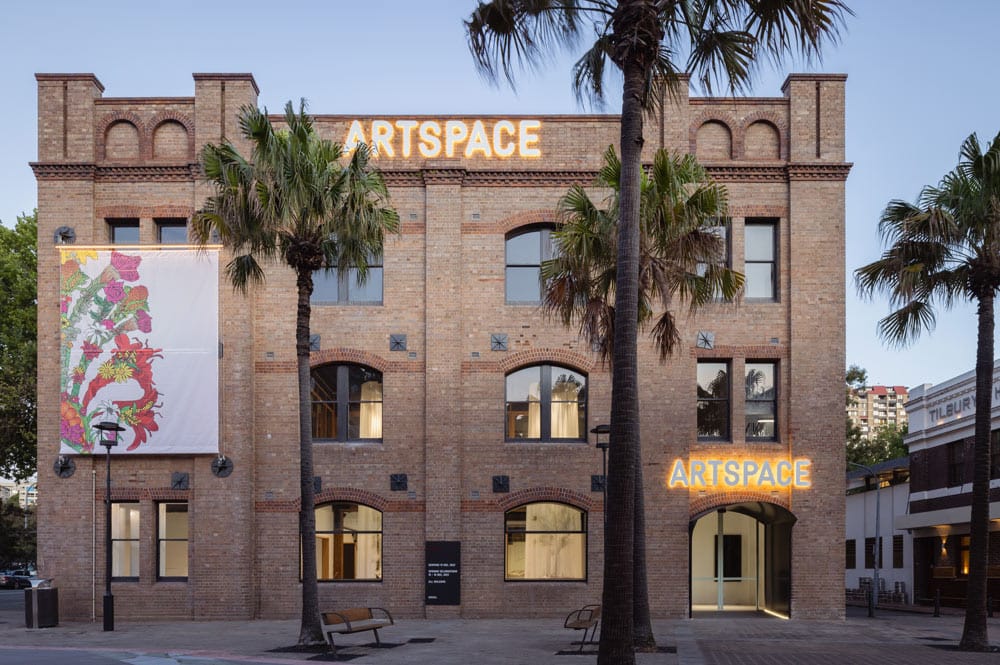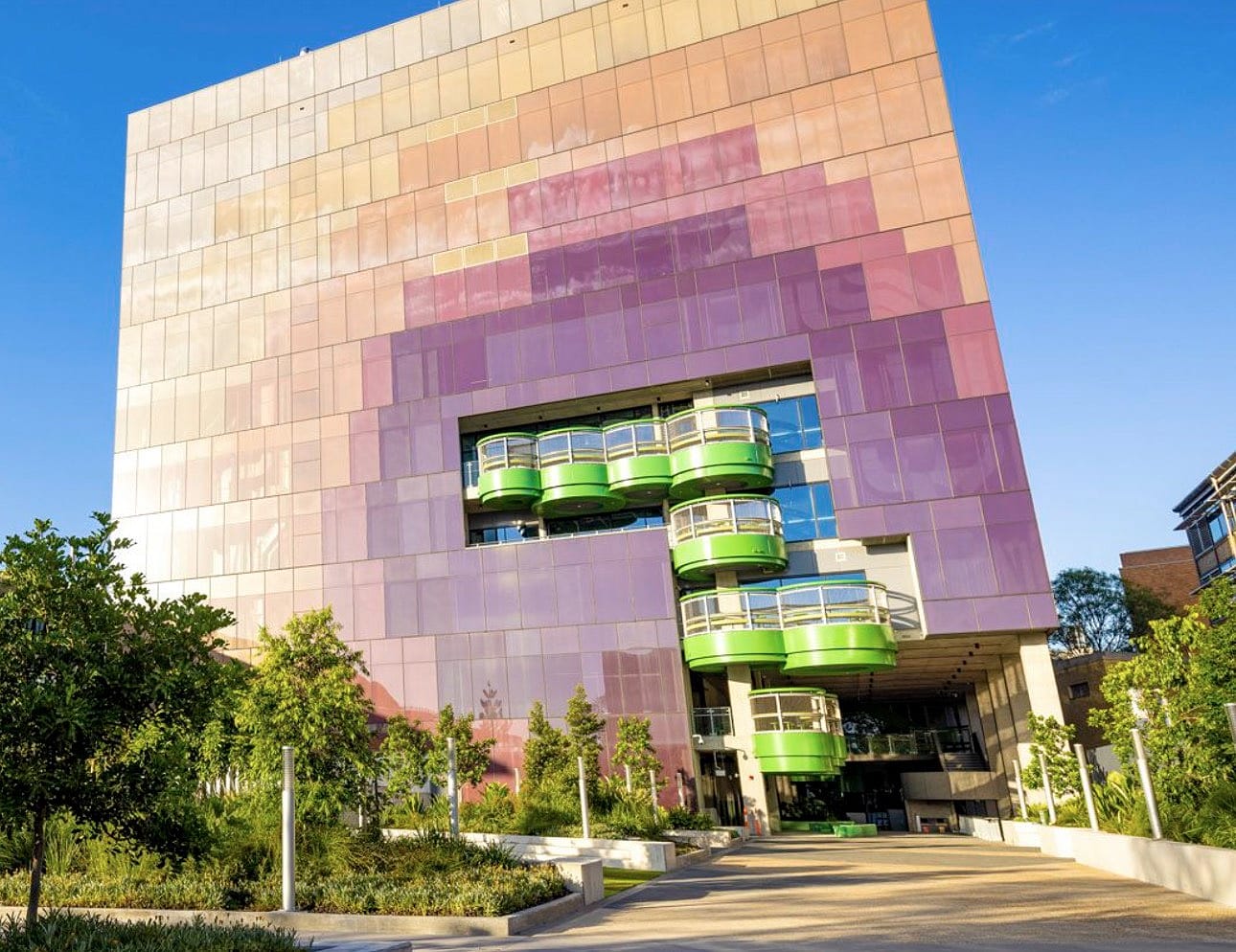Why Life Is Easier Without Fire and Smoke Curtains — and What Every Design and Construction Professional Needs to Know
When planning a new build or a major renovation, fire and smoke curtains can often feel like a necessary evil. They’re critical for safety, sure — but they also introduce coordination headaches, design issues, and potential failures that could stall a project or worse, fail inspection at the last minute.
That's why we’ve put together a short, practical training session called "Life is easier without fire and smoke curtains."
And trust us — it’s not your typical dry, overly technical seminar.
Instead, we walk you through what works, what often goes wrong, and how you can avoid the costly mistakes that happen when curtains are rushed into projects without proper thought.
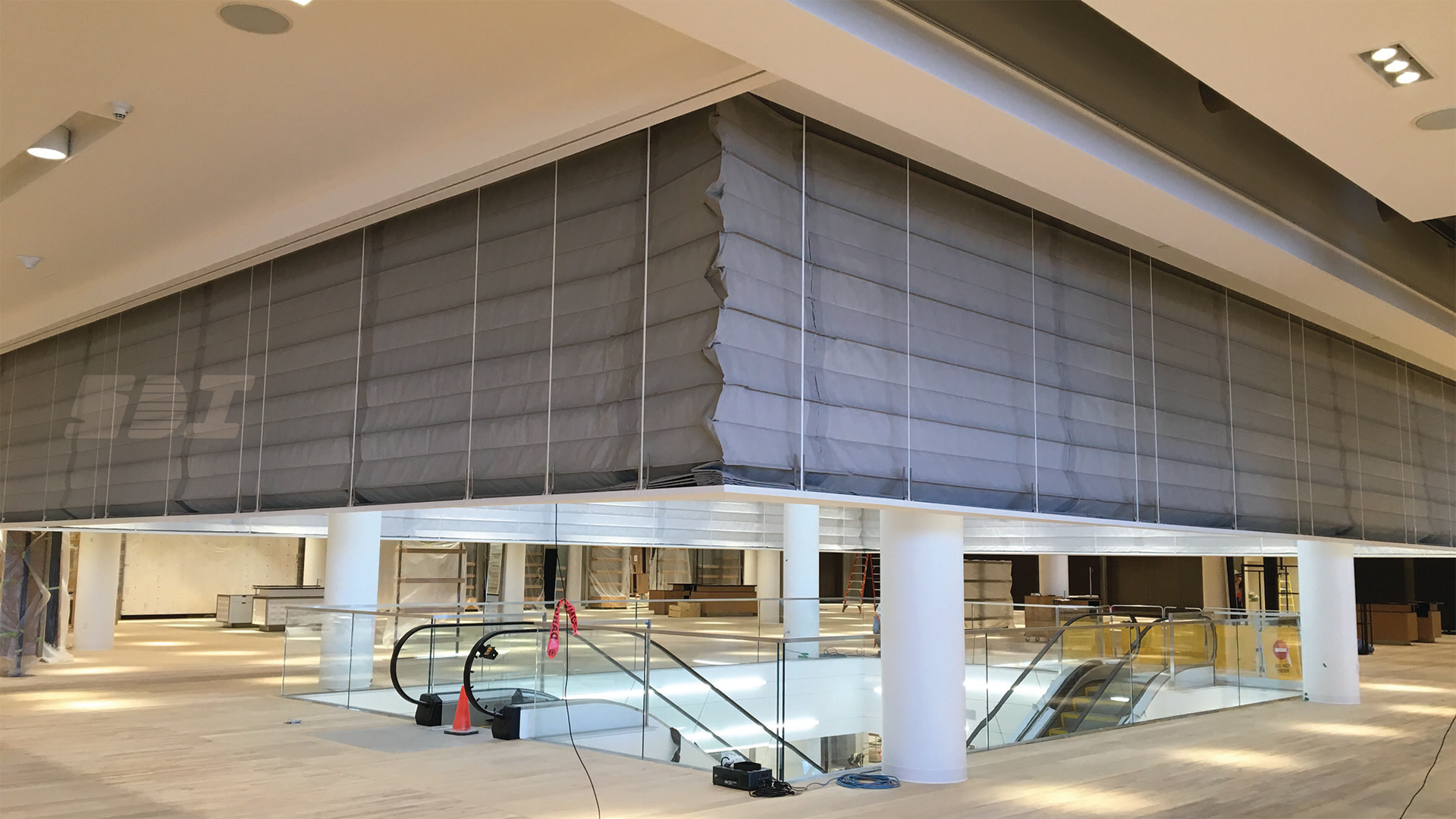
What You’ll Learn from the Session:
- When fire and smoke curtains cause more trouble than they’re worth — and what smarter alternatives might exist.
- The critical specifications and design details your fire engineer must address — but often miss.
- How to avoid on-site coordination disasters involving curtain clashes with other services.
- Procurement strategies that will save you from expensive last-minute surprises.
- A simple checklist to get everything right the first time — before the build is too far along to fix.
This session is a must-watch if you’ve ever experienced a curtain jam, a site clash, a failed inspection — or if you simply want your next project to run smoother and smarter.
Because here’s the reality:
Life really is easier without fire and smoke curtains.
But if you must use them, use them wisely — and set your project up for success from day one.
What You’ll Walk Away With:
- When to say no to fire and smoke curtains
- Learn the red flags that indicate when a curtain solution is more trouble than it’s worth — and discover alternative strategies that can meet code requirements without the drama.
- The key design and spec requirements your fire engineer must cover
- Many fire engineers leave critical coordination items out of their scope — and it’s often too late when problems are discovered on site. We’ll show you exactly what needs to be locked down early.
- How to avoid common coordination clashes
- Learn why curtain placement clashes so frequently with HVAC, lighting, signage, and even primary structure — and how early coordination can eliminate 90% of the issues we see.
- Smart procurement tips for better tendering
- Discover how small changes to your tender documentation can dramatically reduce the risk of future disputes, cost claims, or scope blowouts related to fire and smoke curtains.
- The ultimate pre-construction checklist
- We’ll give you a straightforward checklist you can apply immediately on your current and future projects — saving you time, money, and massive headaches.
TIP: Communication matters
Open lines of communication between fire protection services designers and fire safety engineers is key to achieve a practical and economic outcome. They need to work hand in hand so that the fire safety engineer can understand and endorse their design proposals (where it stacks up of course, it needs to be safe).
Transcript
Good morning, afternoon, evening, wherever you are watching this. Today we have a little bit of training for you. We’re going to look at smoke curtains and the topic today is life is easy without fire and smoke curtains.
Now we’ve had a few projects recently that have gone interestingly so we thought we’d put together a little training session just to help design teams know what to do, where to look and what risks there are using fire and smoke curtains.
So it’s not exhaustive but We’ve got a few tips and tricks in here that hopefully will avoid some of the common pitfalls.
And then let’s get into it. Okay, so I guess the first question is, why this matters? Oh, let me move.
That’s a good idea. well, fire and smoke curtains, maybe in our opinion, have a bad reputation and you could argue that that was justified.
Most people have a fire curtain story where they say it got stuck, got broke, it didn’t commission properly or over time it breaks and there’s some maintenance.
So here’s one of my stories. This was a curtain protecting an opening and no matter how hard We tried, it would not go down to the ground and we had this gap underneath.
There were curtains crossing and you can see the gap clearly created. So obviously problematic. Now, what I will say is that today’s products are much more reliable, much, much more reliable.
They’re better designed, the quality has gone up and they tend to work much more effectively. But as soon as you bring up smoke curtains or fire curtains, and we’ll get to what that means in a minute, most people get pretty frightened and if you’re not careful, that’s for good reason.
You need to coordinate properly. you need to procure carefully and you need to install it properly. Now, today’s big takeaway.
This is the thing I want you to remember is that in general, life is easier without fire and smoke curtains.
So avoid them if possible, but if you absolutely can’t avoid them, then use them with care. So golden rule, avoid if you can.
Now, if you do include fire and smoke curtains, there’s some things to bear in mind. Obviously, the construction costs will increase because you’re now paying for a curtain or fire curtain, depending on how many you’ve got.
There will be a design coordination requirement. You’re going to need most likely fire safety management for fuel load issues around how the curtain drops potentially, there’s some maintenance the curtain obviously requires too.
And again, you’re adding in an active system that may not work as intended. So you have to have, you know, some redundancy or backup scenarios.
To think about life without the curtain is a lot more straightforward. there’s no design coordination. There is no management of the curtain.
There’s no maintenance of the curtain. And because there’s no curtain, there’s no failure risk. But what it means is that the fire engineer typically has to do more work on more engineering.
So what we want is we want you to push us as hard as possible to come up with solutions that most likely won’t involve fire or smoke curtain, but you need to understand that we’re going to have to do some more engineering and that will likely increase the cost of our work, but it removes a lot of the
issues up front. So you could stop the rest of this training session right now. If you wanted to. So let’s get to what a fire and smoke curtain actually is.
And the difference is because sometimes they have both properties. So essentially it is a deployable non-load bearing fire resistance barrier.
Now, what that means is that it is a rolled up material in a head box that sits in the ceiling typically and descends when it’s required to, to provide some fire resistance.
Now, in terms of fire resistance, there are three things we need to remember. Structural adequacy. Curtains don’t have any of those, they’re not load-bearing at all, they all will have integrity because that’s how they’re tested, and most of them don’t have an insulation value from the test, but you
can buy curtains that do have an insulation. So typical FRLs look like dash one 20 dash. Okay. So depending on the testing, it could be a fire curtain, could have smoke properties, but we’ll get into more detail in a sec.
Okay. Some typical uses. Where do you see them? Why do you use them? So you can use them to complete fire and smoke compartmentation.
You might see them to protect interconnecting voids around stairs, or you might see them doing the same job around atria.
it’s not unusual to see them to descend halfway and be used to smoke baffle you can use them to complete firewalls for openings that you might want to have closed in fire mode and also some protection of openings so this kind of special category for external openings near the boundary and stuff, which
we’re not covering today. So here’s some examples. This one here is a, an actual fire shutter. So it’s a metal shutter in a firewall in the shopping center between, I think it was a loading dock and a car park.
this was a curtain protecting an atrium space. This might’ve been the one at the front, actually, but anyway, and then you’ve got the baffle here.
You can see how that’s descending only halfway down around the lift space to create that smoke reservoir on this side of the curtain.
So some more specific details. So the main componentry of the fire and smoke curtain is, it looks a bit like this.
So you pretty much have this head box here, which is a rolled up kind of, well, it’s a big box with the curtain rolled up in it.
these are straight drop curtains that sits in the ceiling. It’s bolted to the slab, like crudely like this. and then the curtain descends coming out there.
The curtain will have a bottom bar in place, and I’ve got a slide in a second on concertinas. Some accessories you might see are obstruction warning devices, which are sensors that if you get things in the way of the curtain, they make interesting sounds to make you move those things.
You might need warning lights and you might need some warning signage which might be a DTS requirement or a fire engineer might not want any storage there.
some other stuff that’s important is this work by others. So often when you look at these curtain specs, they’ll say need to fire rated bulkhead by others.
So that might be something here. You just need to make sure that’s coordinated and the connections to there are working.
But also the bit that’s often missed is if there’s a floor void, it’s the same issue underneath the curtain need to be mindful of.
I’m not a big fan of sprinkling shutters or curtains to get insulation, but some fire engineers might want to pursue that route.
Right, okay, special type of curtain, much more common these days because they’re much more So you have a concertina fire curtain, which essentially is very similar to the straight drop that we just looked at.
And instead of being a straight drop, it’s now a three or four piece. It tends to close and opening directly.
The major difference with these is they have a tray in which the curtain is concertina’d in and then the straps that hold it down.
But the same head box and floor void stuff’s applicable. These are pretty reliable, pretty good. And we’d be looking to use this style if we were specifying kernels.
So okay, this is the crucial part. So if you’re using them, here is a non-exhaustive MMI, because it’ll depend on the project list of all the things that probably should be included in the fire engineering design.
So it’s good to have a picture showing where the fire and smoke curtains going. Sometimes it’s not there, but a nice diagram showing that’s very good.
Make sure the fire resistance level is specified and the testing requirements are specified. Make sure the smoke leakage performance is specified and the testing performance you want or testing documents or standards you want it specified.
Is the curtain required to resist heat in terms of insulation? If not, make sure that that’s specified. Do you need a delay to account for any zone smoke control?
So curtains can’t be coming down. If there’s major pressure differentials, that curtain gets stuck as as moving around the floor.
The code pretty much lets you have a 60 second delay, but again, make sure it’s coordinated. We don’t want zone smoke control exhausting and curtains getting stuck halfway down.
What method of activation is it? Typically smoke detection, but is that smoke detectors on the floor or is that one specific to the curtain?
Make sure that’s documented. Is there a maximum descent time? This might be very important if there’s modeling. Most curtains descend pretty quick, but make sure it’s specified.
Do you need automatic fault reporting or any connection to the BMS systems? Do you need any fuel load control? Are there exclusion zones?
If you’re not using obstruction warning devices, they’re expensive. Are you going to manage the fuel load on the floor next to the curtain with an exclusion zone?
Warning signs, strobes, obviously obstruction warning devices. What are the fire safety manager requirements? How often does it need to be tested?
Who’s building the bulkhead? What are our efforts to achieve? If you’ve got one in the roof, have you got a floor void?
and then another important one is when the bar or tray comes down, what’s it landing on? Does the curtain spec allow you to land on concrete, timber, carpet tiles, you name it, you got to check it out, make sure it’s all sorted.
So there’s a few, there’s a bit of a checklist to go through to make sure you’ve got everything. Coordination risks, so if you’ve got the design right, here’s some cracking coordination risks that often come up.
Make sure you don’t smash into balustrades. The bottom trays are 300mm wide, the bottom bars, the straight ones, are smaller.
Make sure it’s going to fit in where it’s going. Do you have any tactiles atop of stairs? This is a classic.
They land on the tactile, some manufacturers have testing, some don’t. There’s always this conversation, did you allow for it? Either get the curtain out of the way of the tactiles or check that you can do that.
Fire rate and bulkhead, we’ve done that one. Service penetrations, another cracker. If you’re going to have anything to the bulkhead, make sure it’s fire stopped appropriately.
And another one, if it’s in integrating stairs, always structure coming off these things. Where does that structure go? Does it pass through the curtain line?
Is it being protected? Is it going to get the FRL, etc, etc. We’ve already talked about floor finishes, makes sure they’re coordinated.
Oh, another good one is when they drop, they tend to bow because of pressure differentials. Have you got sufficient clearance for egress?
Is that a problem? Do you care? And then make sure it’s coordinated with your smoke hazard management stuff. In terms of tendering risks, these just keep coming.
Ah, again, we’re not egging. but tenderers are not builders, but we’ve seen it work best when it’s taken out as tell package and clearly separate from the remaining works.
Our advice again is you know, when I expect to this, but don’t just give the tender of the FER. They’re almost like you tell you it complies.
We’ve seen that not be the case or there’s been a misunderstanding. We would extract the requirements, put them in your tenders, send them.
and I would suggest that you get the fire engineer involved in reviewing those to make sure that they actually meet the requirements and getting the testing reports to make sure it’s all up to spec and obviously a long lead time.
Some of these products come from warehouse around the world. Alright. Possibly a recommended process. maybe get the fine generator review the brief prior to you sending it to tenders, get the fine generator review those return tenders for technical compliance, keep the price stuff to yourself.
That’s all cool. but then, you know, make sure that, oh, there’s some form of document that goes FER requirement, Curt, and does it meet yes or no, and how it’s being demonstrated?
I would get the fire engineer to review the fire and smoke test reports again to make sure that they comply with the FER so there’s no problems later and then go through a shop drawing preparation and review process again to make sure that it’s in the right place.
All the, there’s no clashes and all that sort of stuff. This might cost about more money up front, but it’s the classic.
If you just pay now, you won’t pay later scenario. So that’s really it for today. Some quick do’s and don’ts involve the fire.
I mentioned it early. Get the requirements out into tenders, long lead times, coordinate everything. You can never be overdressed. You can never be overcoordinate.
Make sure you test and commissioning properly. We haven’t covered that today, but that’s a whole other session that we can do to show you how to do that.
don’t assume everything’s been captured by the contractor. Never leave things bag. God, this sounds so obvious when you say it.
Don’t wait till construction to resolve issues. Don’t overlook details. And if you’re going to accept a substitute, make sure you’re in go through the same review process.
That’s it. Remember, life is easier without fire and smoke curtains, but if you need to use them, use them carefully and if you want a t-shirt, please let me know on this number.
Right. Have a great day. Be safe out there.
